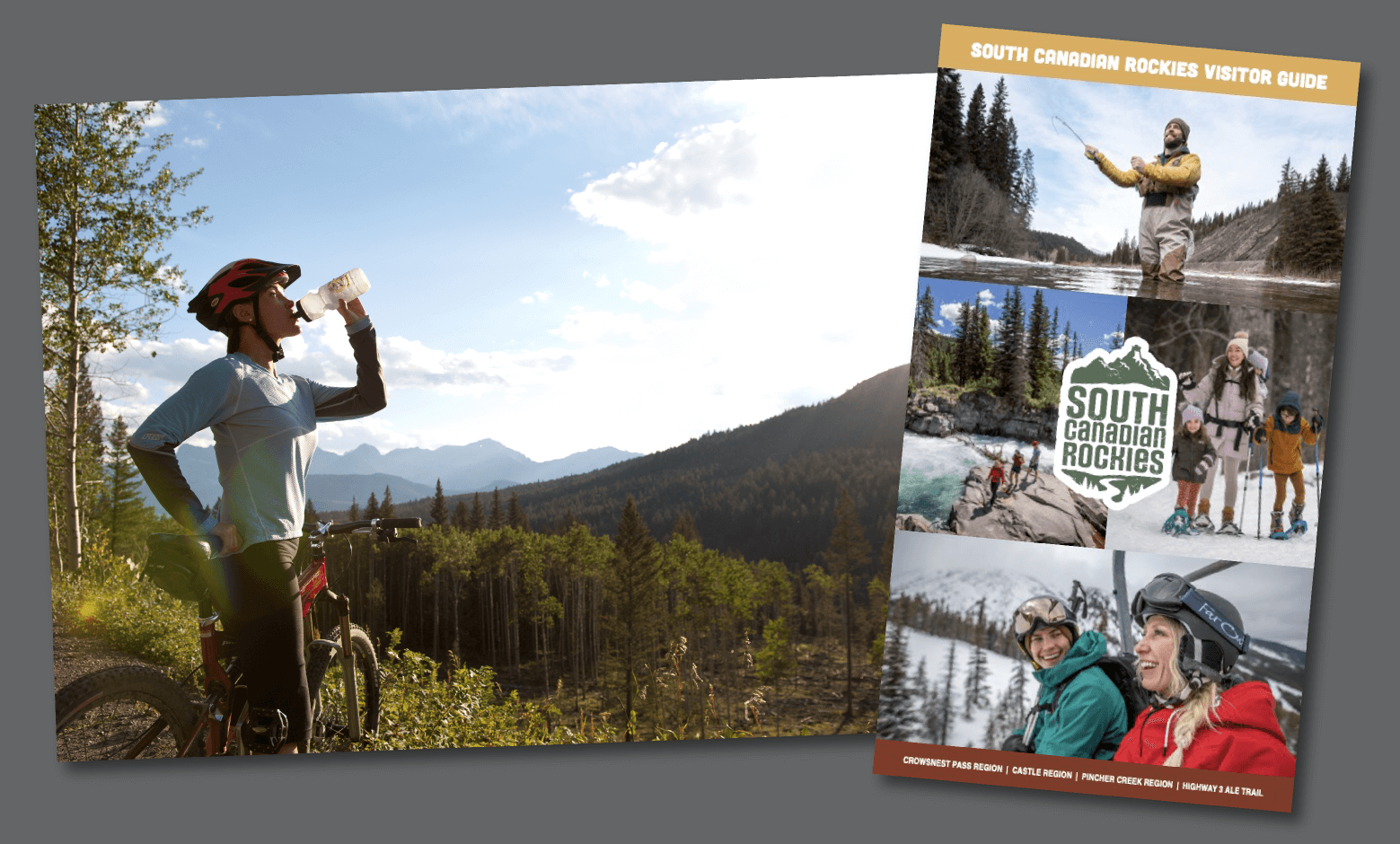January 12, 2024
by Mark Shannon, Local Photographer & Fishing Enthusiast
Fall for the Castle
The best rivers have always been mentioned in the back corners of fly shops, and in hushed tones on river banks. One such name that always stuck with me was Castle River, located just south of that magical highway 3 that winds its way through the Crowsnest Pass. It’s much more famous sibling just north gets the lion’s share of the press, but after having spent some time further south, I’ve discovered some exceptional hidden gems that are just minutes down the pavement (and gravel).
The two main rivers in the area, the Castle and West Castle, join together in Castle Provincial Park. From their alpine headwaters down to the winding prairies, these rivers offer incredible fly fishing for native cutthroat, rainbow and bull trout. Take advantage of the clear water to spot-cast to willing fish, using a variety of classic dry fly patterns, nymphs and streamers.
It would be hard to imagine a more perfect setting to watch a Westslope Cuttie rise to your dry fly than in the upper reaches of the Castle. Here you will find dense forests, towering mountains, wildflowers, clear water, and if you’re lucky, maybe even a moose, an elk or a bear. Whenever you’re venturing off the beaten path, the upper Castle being no exception, carrying bear spray, making lots of noise and ideally travelling with a friend is sage advice. I also always carry an assortment of camera equipment for the chance to capture a beautiful fish, the beautiful scenery and local wildlife.
As the rivers join to form the main body of the Castle River and it starts to head north and east, the personality of both the water and surrounding area starts to change from more alpine to east slope rockies, and soon to the rolling hills of the prairies. Gravel bars and log jams give way to deep pools, exposed bedrock, rocky canyons and waving grassland. The sheer diversity of the ecosystem supports a wide variety of insect life, which in turn provides ample food sources for these trout to grow very large.
Aside from the Castle, many other smaller tributaries in the area produce excellent results for any angler looking to explore the lesser known streams that feed larger rivers in the area. There’s nothing quite like walking up a stream narrow enough to jump across, and finding fish oversized for such small bodies of water. If you’re like me, and have a case of ‘next-bend-itis’, you will never run out of spots to explore. You can spend many days, weeks, even a lifetime getting to know this spectacular area.






